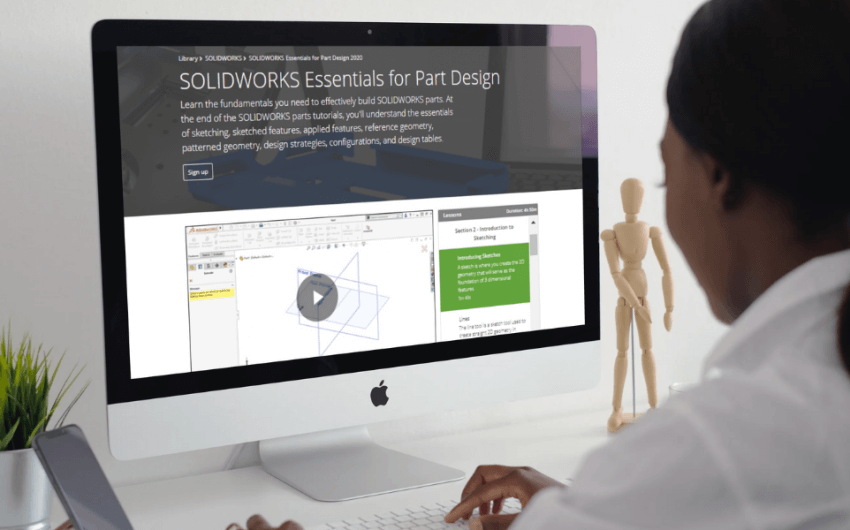Don’t let a lack of participation sink your continuous learning culture.
As an engineering leader, it’s your responsibility to foster innovation. It falls on you to create an environment where your team’s knowledge, skills, creativity, and experience can blend together resulting in innovative products for your customers. To encourage innovation, one strategy at your disposal is to establish a culture of continuous learning.
When your engineering team is committed to continuous learning, they expand their knowledge and gain new skills. Combined with their industry experience and deep understanding of your customer’s problems, this results in a powerful innovative force that grows stronger over time. However, this seemingly simple strategy won’t work unless everyone on the team participates.
Perception is reality
A study published in the Journal of Applied Psychology found that in addition to personal motivation, social support from managers and peers heavily influences an employee’s participation in development activities. The author points out that when an employee perceives that participation in learning activities is frowned upon or not supported because others don’t partake, even if the perception is unfounded, they are discouraged from learning.

As a continuous learning champion, the last thing you want to convey to your team is that learning is frowned upon. But you might be doing exactly that. Ask yourself, does everyone on your team regularly participate in learning activities? In particular, do your more senior team members remain engaged in training? Do you? If you and your senior staff are not engaged, you’re hurting your culture of continuous learning, and in turn, limiting your team’s potential to innovate.
Unintended consequences
If your senior staff isn’t participating in learning initiatives, it signals to your junior staff that training is expected to end. Even worse, they will believe that as long as they’re learning, they’re not really pulling their weight. Sure, you and your staff can say that learning is encouraged and share your company’s HR policies that support learning and development, but if senior staff is not modeling the behavior, it’s a matter of time before your junior team members follow suit and stagnate. Or worse yet, leave.
A recent report based on a survey of 5,000 engineers found that the top reason they leave jobs is a lack of opportunity for growth and development. Echoing a similar sentiment, in an article published on engineering.com, Pat Sweet suggests to his readers that a lack of opportunity for development or advancement is one of five key reasons to consider quitting your job. (In case fostering innovation wasn’t reason enough to go all in on continuous learning).
Learning opportunities for experienced team members
If you’re facing the challenge of getting your experienced team members to engage in learning, here are a few suggestions that can generate learning activities indefinitely.
- Stay up to date with your industry
Suggest publications such as journals or influential blogs to find out what’s new in your industry. Recommend setting aside an hour a week to reinforce that you’re fully in support of dedicating time to learning.
- Master existing tools and investigate new ones
Chances are your most experienced team members are using tools that have advanced over the years. Suggest a ‘what’s new’ course to get up to speed. If your tools are outdated, suggest looking into new alternatives.
- Teach others
Consider having your most experienced team members partner with junior team members for their learning. Something like a workshop is a great way to share valuable expertise that’s been acquired over time.

You can further support a culture of continuous learning by participating yourself! Follow the suggestions above and make your learning efforts visible, creating a positive perception of learning. Make it common practice to recommend informative articles and good books to your team. Block out dedicated learning time on your public calendar. While they may seem small, these habits tell your team that you’re fully in support of their growth and development by investing in your own.
If you’re determined to foster innovation among your engineering team, not only do you have to commit to a culture of continuous learning, you have to insist that team members of all levels and experience take part. It only takes a few holdouts to undermine your learning culture and stifle innovation as a result.
























